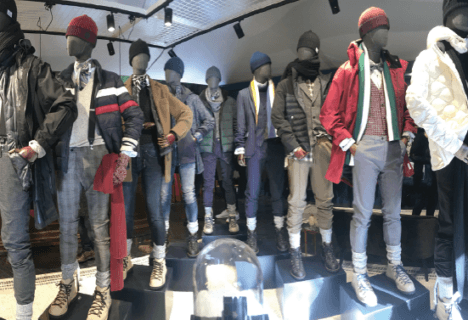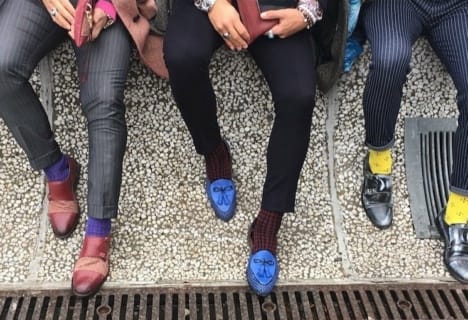Emerging in the early 00s softshell jackets are versatile and can be used as an alternative to thick waterproofs which are usually less stretchy and fleece layers which offer less protection from wind and rain. Job roles that include being outdoors or in cooler areas such as warehouses require an extra layer that is breathable and allows freedom of movement whilst also keeping employees warm.
Softshell jackets can be worn alone which are ideal for activity in light weather conditions or they can be used as an insulating layer under a thicker, waterproof jacket. The jackets have a wide range of benefits including:
- Wind resistant
- Water resistant
- Breathable
- Stretchy material
- Allows movement
[column width=”3″]
Wind Resistance
This is an important factor in maintaining the wearer’s temperature as wind-chill can make a wearer’s working conditions uncomfortable and they become less efficient.
[/column]
[column width=”3″]
Water Resistance
They offer some protection against rain but are not fully waterproof. Durable Water Repellency (DWR) is a chemical treatment that is applied to the jacket causing water to beat so that it rolls off the garment instead of soaking in
[/column]
[column width=”3″]
Breathability
This refers to the extent in which the garment allows moisture vapour to escape. By reducing the amount of water on the fabric, DWR will help maintain the breathability of the garment.
[/column]
[column width=”3″]
Stretch
Softshells provide a level of stretch and comfort that cannot be provided by a hardshell waterproof and is more akin to a fleece. The flexibility of a softshell is one of it’s key attributes.
[/column]
[column width=”3″]
Freedom of Movement
This freedom of movement is especially important to wearers in order for them to feel comfortable and complete their tasks unrestricted.
[/column]
[column width=”3″]
Suitability
The jackets can be used for a wide range of job roles and in different working environments. They are considered very useful for uniform wearers as they are given an extra layer whilst still being able to complete their tasks effectively and efficiently.
[/column]






